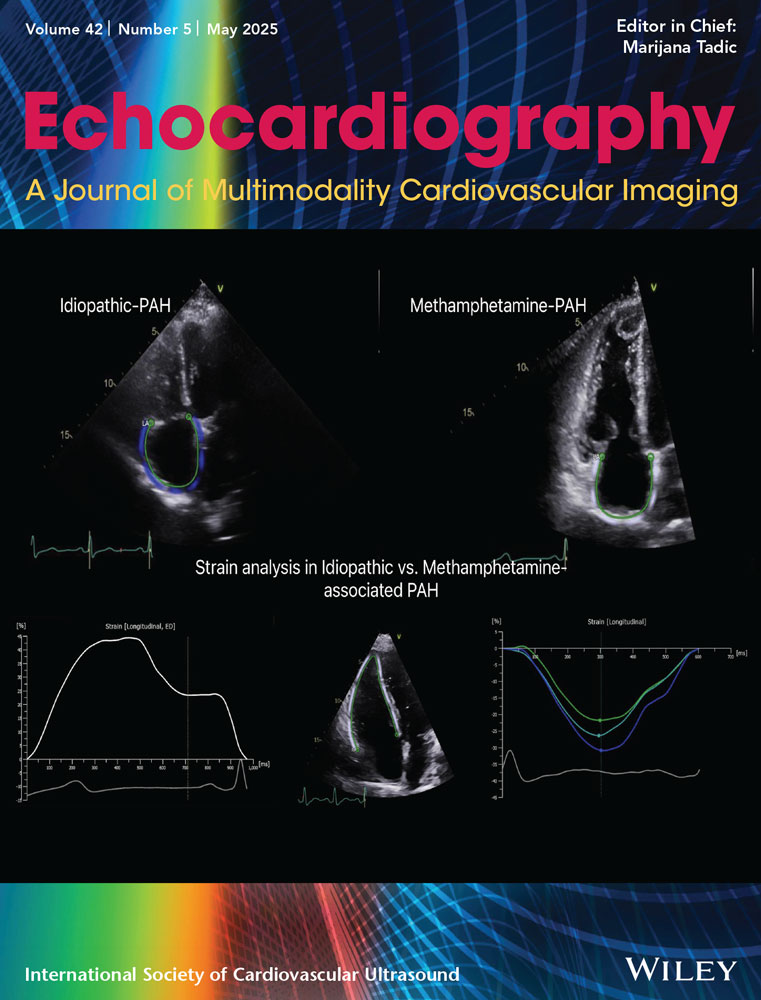Strain Measures of Atrial and Ventricular Diastolic Function in Pediatric Fontan Patients: Comparisons to Controls and Between Ventricular Morphology Types
ABSTRACT
Background
Fontan patients may have abnormal diastolic function, but this is poorly characterized using conventional echocardiography. Herein, we describe atrial function and other diastolic strain measurements in a cohort of pediatric Fontan patients, with comparisons to healthy controls and between right ventricle (RV) and left ventricle (LV) types.
Methods
This is a single-institution, cross-sectional study of healthy controls (n = 50) and patients with a Fontan circulation (n = 50, 29 RV type, 21 LV type). Parameters of atrial function and ventricular systolic and diastolic function derived from speckle-tracking echocardiography (STE) were retrospectively obtained from apical four-chamber images. These included three phases of atrial strain (Ɛ) and strain rate (SR): contraction (ac), conduit (con), and reservoir (res), and diastolic SR for passive (E-SR) and active (A-SR) filling.
Results
Fontan patients had lower Ɛcon (13.4% vs. 28.2%, p < 0.01) and Ɛres (22.8% vs. 37.7%, p < 0.01) compared to controls. They had a longer time to peak atrial filling (450 ms vs. 399 ms, p < 0.01) and a greater reliance on atrial contraction for ventricular filling (atrial contraction fraction 41% vs. 26%, p < 0.01). RV type Fontan patients had longer time to peak atrial filling (461 ms vs. 406 ms, p = 0.02) and lower E-SR (1.0 %/s vs. 1.4%/s, p = 0.01) compared to LV type.
Conclusions
Several atrial and diastolic strain parameters in pediatric Fontan patients are altered compared to controls. Additionally, some metrics are more deranged in RV type Fontan patients. This highlights the need for population-specific normal values in patients with a Fontan circulation. Study of the clinical correlations and prognostic value of these STE-derived parameters is also warranted.
Open Research
Data Availability Statement
The data that support the findings of this study are available on request from the corresponding author. The data are not publicly available due to privacy or ethical restrictions.




